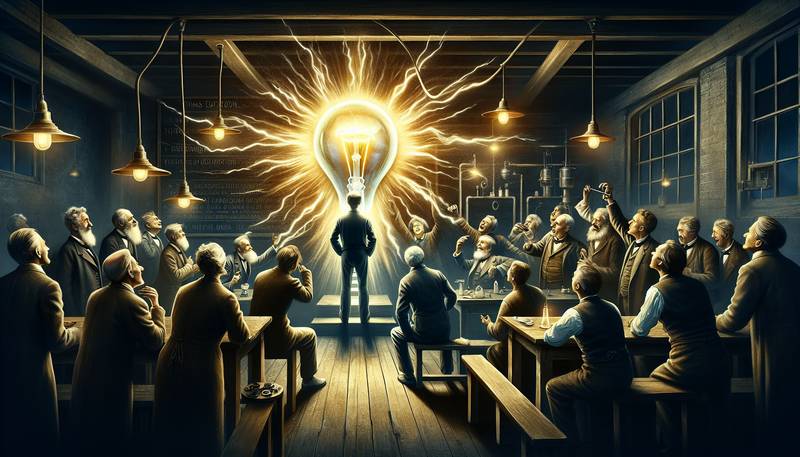Shedding Light on Energy-Efficient Lighting and Cost Savings

Illuminating InsightsWhen it comes to home lighting, most people would rather spend time picking out a new pair of shoes than decide between 60-watt and 100-watt bulbs. In a lighting world filled with options that could rival a candy store, understanding energy-efficient lighting is like finding the only chocolate-covered broccoli in the mix. It’s possible, but it might just take a little digging.Energy-efficient lighting is more than just a buzzword; it's a passport to lower electric bills and brighter homes. With modern advancements, you'll find that energy-saving options can dazzle even the most discerning of home decorators. So, let’s flip the switch on some illuminating facts!Energy-Saving Bulbs: The 411Energy-saving bulbs have come a long way since the clunky models of yore. These days, LED and CFL bulbs are your go-to options. They’re the celebrity endorsements of the lighting world—everyone wants to be seen with them.★ LED Bulbs: They last longer than your average soap opera and use up to 80% less energy than traditional incandescent bulbs. Plus, they come in a variety of shapes and sizes, making them the fashionistas of the bulb world. ★ CFL Bulbs: Compact Fluorescent Lamps may not claim the same longevity as LEDs, but they still consume about 75% less energy than incandescent bulbs. Think of them as the reliable friends who always show up, but might leave midway through the party.Making the switch to these smart options means you’ll have cash left over for those shoes after all—perhaps the ones you were dreaming about while choosing light fixtures.Why It’s Worth ItEmbracing energy-efficient lighting is like opting for whole grain bread instead of white: sure, the process takes a bit more thought, but the benefits are as obvious as that last cookie you’ll regret eating. Using less energy means lower bills, and lower bills mean more money for things that matter—like, well, cookies. In fact, switching to energy-efficient lighting can save you between $50 and $200 a year based on the type and number of bulbs in your home. Now that’s some bright math!Understanding Lumens vs. WattsHaving an in-depth understanding of lumens versus watts is essential for any lighting enthusiast—or at the very least, a casual shopper trying to avoid a lighting faux pas. ★ Lumens measure brightness. The higher the number, the more illumination you get, which is great for those late-night cookie raids. ★ Watts measure energy usage. The lower the wattage for the same lumens, the more energy efficient the bulb. Think of it this way: a lightweight boxer can pack a punch without exhausting himself—just like an efficient bulb can light up your life without putting a dent in your wallet.Light Fixtures MatterChoosing the right light fixture is like picking a partner for karaoke night—you want someone who complements your style while also making you look good. The right fixtures can enhance both the ambiance of your home and the efficiency of your bulbs. Consider fixtures that are designed to maximize efficiency while providing great aesthetics. ★ Smart Lighting: Integrating smart technology with your lighting can feel like having a personal assistant—minus the need to share your snacks. These systems allow you to control your lights remotely, set schedules, and sometimes even change colors at the drop of a hat (goodbye, boring white!).★ Dimmers: Installing dimmer switches can save even more energy. It’s like having the ability to choose how bright your day is—dimming the lights gives you the right mood without breaking the bank.Time for a Bright ChangeMaking the shift to energy-efficient lighting doesn’t have to be a headache, nor does it require a degree in astrophysics. It’s as simple as swapping out your old bulbs for new ones and reaping the benefits before you can say “lightbulb moment!” As you embark on this enlightening journey, remember that making these adjustments is akin to finding that perfect pair of shoes that fits just right. It may take some time to find the ideal combination, but with energy-efficient lighting, your home can shine brighter, your bills can lower, and you might even feel a little more like a lighting diva.So, let there be light—and savings!
|
|







